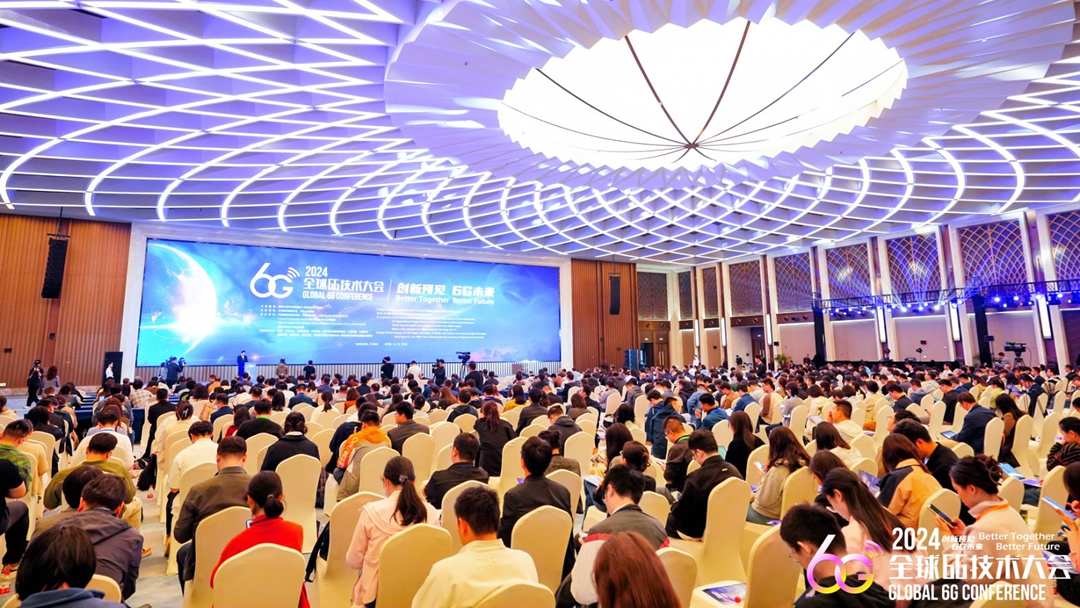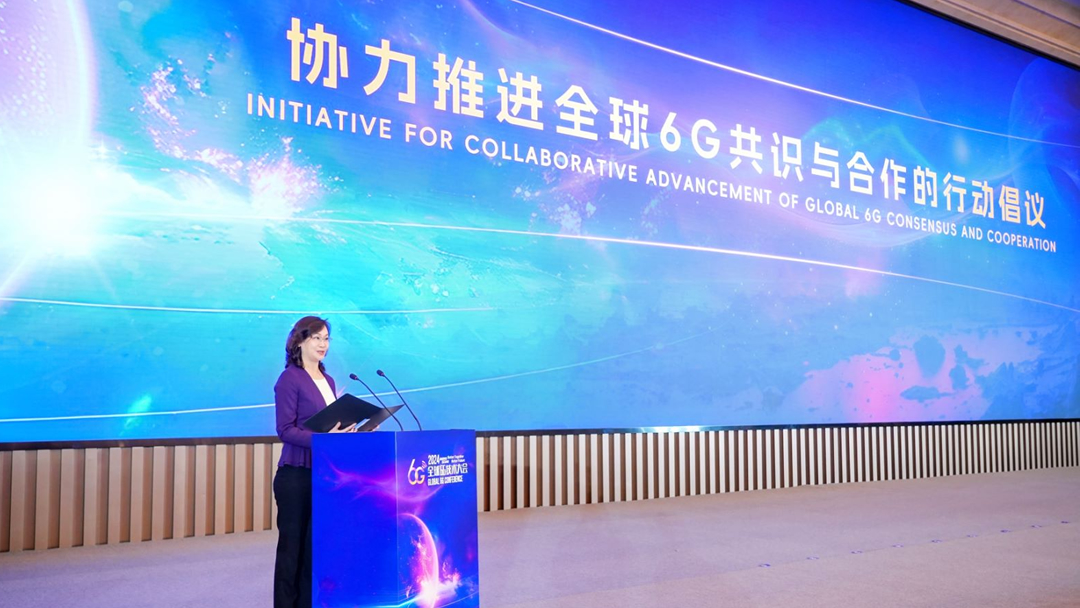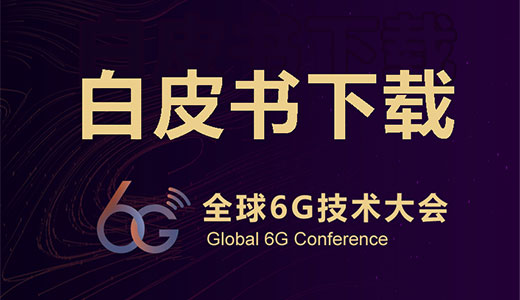Next Frontier Technology of 6G Needs Joint Exploration
With 6G emerging as the new strategic technology in the next wave of technological revolution and industrial transformation, scientists from multiple countries met at the Global 6G Conference in Nanjing, Jiangsu province in east China, from April 16-18 to discuss the future of 6G research and development, as well as application scenarios and fostering cooperation.
The potential of 6G
In the current era of 5.5G, or in a phase of 6G R&D, 6G is still unfamiliar territory. It's more like a combination of technologies rather than a single communication technology. The International Telecommunication Union has already released the "Framework and overall objectives of the future development of International Mobile Telecommunication for 2030 and beyond" (IMT-2030) to develop the next generation of IMT standards.
According to the IMT-2030, besides 5G's usage scenarios of immersive communication, massive communication, hyper-reliable and low-latency communication, 6G will also add integrated AI and communication, sensing and communication, and ubiquitous connectivity.
FuTURE FORUM, a communication platform with significant influence in the scholar field, released the "Initiative for collaborative advancement of global 6G consensus and cooperation," which urges jointly building 6G as a technology with clear positioning, exploration of multiple new scenarios, a unified industry-wide definition, and a platform and organizational collaboration mechanism.
At the conference, the experts emphasized the significance of AI, saying 6G will turn 5G's "Internet of Everything" into "Intelligent connection of everything."
Wu Hequan, an academician of the Chinese Academy of Engineering, said, "6G is supposed to meet the needs of multiple human-machine-object connections, and the multi-dimensional communication-sensing-computing scenarios, taking into account multiple requirements for bandwidth, time delay, energy efficiency, and cost."
Wu said mobile communication users want wider bandwidth, shorter delay, better energy efficiency, higher intelligence and better security while the communication industry expects collaboration between space and ground, blending of communication and sensing, integration of communication and computing, unity of humans and machines, and ubiquitous connection.
Johan Söder, head of Radio Networks at Ericsson Research, said by 2030, which will mark a decade of a 5G-dominated world, new use cases will emerge within the 5G system. So there will also be new challenges from society, consumers and enterprises. This is where 6G will come into play.
"I believe in 2030 there will be what we call a digitalized and programmable world," he remarked. "We have the digitalization and automation trend going on for several years and it will continue to move on."
Navigating challenges
Discussing the challenges, Professor KyungHi Chang from Inha University in South Korea, who is also the chairman of the Executive Committee of the 6G Forum, said the key performance indexes (KPIs) of 5G, such as aggregate payload, have been set too high, which is why 5G still does not meet its own KPIs.
"We also have lessons from 5G regarding the use of millimeter wave, which hasn't gained popularity as a business-to-consumers solution, especially in terrestrial environments. That is why we need societal agreement (market demands) in terms of need-pull for 6G." Prof Chang said.
Patrick Yue, director of the Integrated Circuit Design Center at Hong Kong University of Science and Technology, said many challenges across various levels need to be solved. He gave the example of driverless cars. Currently, 5G promises to deliver one millisecond latency for applications like connected vehicles, which is incredibly challenging. The latency was around 20 to 30 milliseconds in the past, and now we're aiming for networks with latency consistently below 10 milliseconds, which is a monumental task, he added.
Achieving one-millisecond latency will require extensive infrastructure upgrade and expansion. A more practical and viable approach is to limit the availability of such low-latency service to critical applications in designated coverage area. For example, to support connected autonomous vehicles, the B5G/6G base stations can be installed at every light pole along highways and critical streets to create "smart roads and highways" which offer superior network performance including low latency. Such specialized network configuration will ensure seamless connectivity as vehicles move from one station to another, maintaining the necessary low latency despite the distance traveled. However, implementing such a system could be costly, so connected vehicle services might be available only on certain highways.
Kai-Kit Wong, chair professor of wireless communications at the Department of Electronic and Electrical Engineering, University College London, said overcoming technical, commercial and non-technical challenges is paramount for the development and commercialization of 6G.
First, the technical requirements for 6G are significantly more demanding than those for 5G, and many new challenges must be addressed, including application extension to areas such as satellites and drones and obtaining greater bandwidth in higher frequency bands.
Second, despite 5G's technological progress, the user experiences and commercial returns have not fully met expectations. Consequently, 6G must provide a superior user experience and establish a robust business model.
Furthermore, non-technical factors such as international cooperation and limitations in terminal chip capability enhancement present significant challenges for 6G development.
Finally, 6G faces greater difficulties from the perspective of standardization and product development.
The experts said people need to work together to solve the challenges through cooperation and communication.
Global Cooperation for 6G Advancement
Today, governments, businesses and academic institutions around the world are accelerating their investment in 6G technology research and infrastructure construction. 6G is set to integrate into various industries, including vertical and cloud domains.
On the other hand, governments and industries need to collaborate to achieve consensus on aspects such as information security regulations, radio equipment, feedback consistency, interoperability, system integration and more.
At the conference, the experts called for global cooperation and common globally acceptable standards to drive 6G development, hoping such standards could be established quickly.
"Under the current circumstances and in the phase of promoting global standard unification, it remains the shared goal of the global industry to avoid technological and standard fragmentation, persist in shaping a unified international standard for 6G, and construct an open and shared healthy industry ecosystem," said Wang Xiaoyun, chief scientist of China Mobile. IMT-2030 has already defined the vision for how 6G technologies will be developed.
Sun Sumei, executive director at the Institute for Infocomm Research, A*STAR, Singapore, emphasized the existing gap between 5G and 6G. "In order to bridge this gap, it's crucial for us to first focus on implementing and adopting 5G, which will help pave a smooth pathway for the evolution of technology development towards 6G standards. Currently, we are in the study phase, examining various candidate technologies for the 6G standard. We believe in and are open to collaborating with different partners to ensure a unified technology development and adoption," she explained.
Rahim Tafazolli,director and Regius, professor of 5GIC and 6GIC at the University of Surrey in the UK, also said that internationalization and openness are fundamental values in the field of mobile communication and the foundation for the success of global mobile communications.
"Internationalization and openness are fundamental characteristics and values of 6G, and a unified standard is the endogenous demand of technology. Therefore, 6G's R&D needs global cooperation and collaboration," said Wen Ku, president of the China Communications Standards Association.






